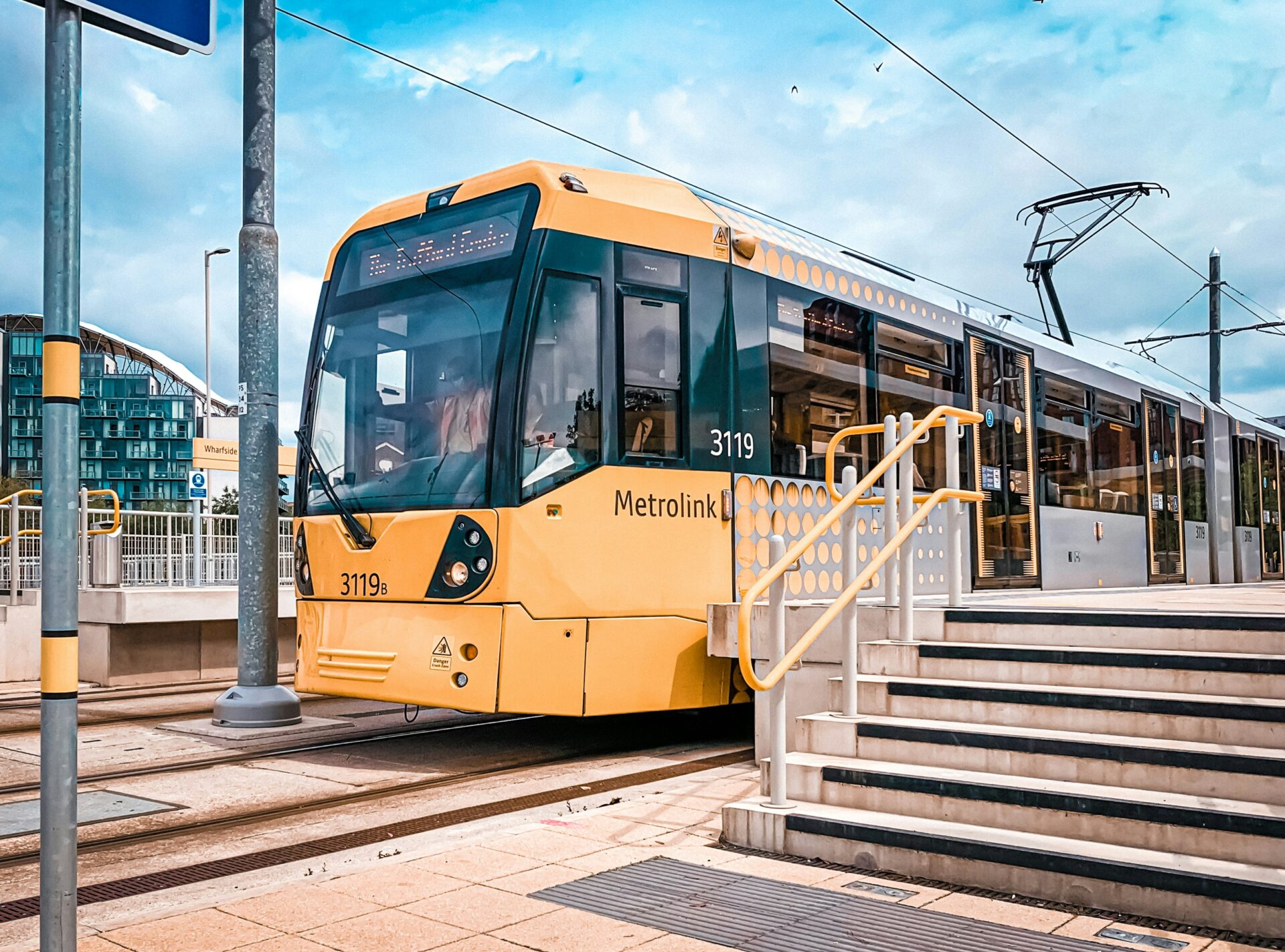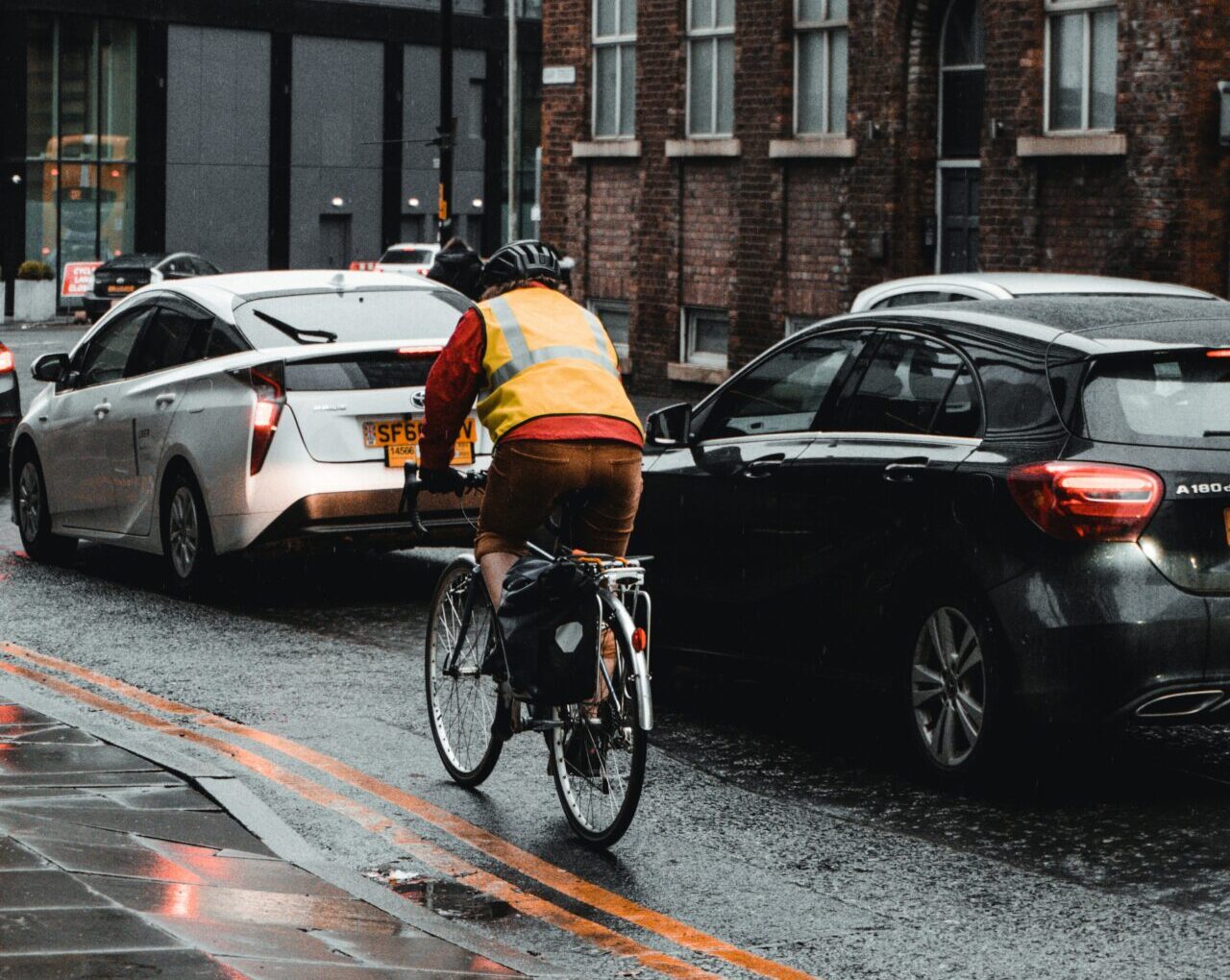Managing transport demand and the needs of a growing population
In the modern world, transportation plays a pivotal role in the growth and functioning of societies by connecting people, goods, and services across our villages, towns, cities and regions.
As our communities grow, the mandate for suitable transport solutions has increased to such an extent that the topic now dominates local and national political agendas.
From small-scale projects like installing a new school crossing to large-scale endeavours like HS2, infrastructure development presents a web of challenges. These can range from immediate disruptions like traffic congestion and construction noise to long-term concerns such as environmental degradation and increased strain on existing infrastructure.
For example, a new school crossing might temporarily disrupt traffic flow in a local area, while a major project like HS2 could have far-reaching environmental consequences due to habitat loss and construction emissions. Both can put pressure on existing infrastructure like power grids and water systems, requiring careful planning and potential upgrades.
Managing transport demand is fundamental to ensuring sustainable and efficient mobility solutions that cater to the needs of everyone.
Manchester’s City Council’s City Centre Transport Strategy to 2040 has identified the potential for 100,000 more jobs and 50,000 more homes to be developed over the length of the strategy in the city centre alone.
You don’t need be a transport planner to understand that, based on those growth figures, there’ll be extra demand for transportation services around our city. Modelling the impacts of these trends is key to the strategies which will manage future transport demand.
Pitching transport needs against a growing population demands an all-inclusive approach to infrastructure development.

Guiding development
We lean heavily on guiding sustainable and smart transportation infrastructure across communities. Recently this has included the Ancoats Mobility Hub, new cycle lane networks, implementing bus routing strategies, and developing pedestrian-friendly zones. These ease the strain on local road networks as well-thought through, and interconnected, transportation networks foster efficient movement, while reducing environmental impacts.
Encouraging more people to use public transport is key to managing the demand challenge. Acting as travel plan coordinators on sites across the country, we directly influence the type of travel demands which help developers boost their sustainability credentials.
Let’s take the example of a large business park such as Magana Park in Lutterworth. In this case, we were set the challenge of organising and developing transport strategies to optimise travel options, reduce congestion, and minimise environmental impacts.
Our solution included coordinating commuter options which encourage alternative modes of transportation such as walking, cycling, carpooling or public transport. We also considered innovative solutions such as utilising car-sharing apps, mapping out ‘bike-to-work’ schemes for tenant occupiers, subsidies for public transportation passes, and liaising directly with bus operators to amend bus timetables.
We also plan and manage parking facilities across sites to ensure efficient use of space and reduce traffic congestion, which may include parking management strategies such as pricing schemes, permits, or designated parking zones for users who carshare.
In addition, we also work with local authorities to demonstrate influencing people movement at a community scale.
An example from our active travel portfolio is in Merseyside, where St Helens Borough Council (SHBC) aspired to transform the walking and cycling infrastructure around Lea Green railway station to a modern and inclusive development which would help make sustainable travel an easier choice for commuters who use Lea Green Railway Station
With funding from Liverpool City Region Combined Authority, the ambitious plan included a network of connected cycle routes and pedestrian footpaths to encourage residents and visitors to embrace a healthier lifestyle and to better connect people to the town. This included the installation of a CYCLOPS (Cycle Optimised Protected Signals) junction, which was the first of its kind in the Merseyside region.
Replacing the roundabout by Marshalls Cross Road / Clock Face Road, the CYCLOPS prioritises the safety of pedestrians and cyclists. The scheme forms an integral part of SHBC’s Southern Gateway scheme, a partnership between the local authority, Liverpool City Region Combined Authority and Northern Rail.
To support the scheme, we built a bespoke microsimulation model in Vissim. While complex, this modelling exercise confirmed and, importantly, visually demonstrated to council members and members of the public that while the proposals would enhance walking and cycling, the impact on drivers passing thought the junction would be negligible.
On the back of this modelling exercise, we produced detailed designs and engaged with the contractors to help deliver the council’s vision.
Now open, the scheme and its benefits will be felt across many generations.
Smart technologies, now and in the future
Aside from implementing physical works to manage transport demand smart technologies also has a crucial in optimising transport demand.
An everyday example we have all come to rely on is the satnav abilities of our cars and smartphones. Effectively this provides vehicle-to-vehicle (V2V) and vehicle-to-infrastructure (V2I) communication enabling connected vehicles to share information about road conditions, hazards, and traffic patterns. This fosters safer driving practices and allows for proactive accident prevention.
While still in its early days, Manchester’s integrated public transport system, the Bee Network, plans to adopt smart technology and fuse different modes of transportation, such as buses, trams, trains, walking or cycling.
The result is seamless ticketing systems, real-time scheduling, and route optimisation for a convenient passenger experience, while also encouraging the wide adoption of sustainable urban mobility.
Not too far from becoming commonplace are autonomous vehicles (AV), including self-driving cars and autonomous shuttles, which represent the future of transportation.
Elon Musk, among others, has long predicted the advancement of artificial intelligence as being the catalyst for realising an AV vision of reduced accidents, improved fuel efficiency, and optimised traffic flow.
A driverless taxi service, Waymo, backed by Google’s parent company, has already been permitted (not without resistance or controversy) in the US, in San Francisco and Phoenix.
Access to mobility is the key to economic opportunity, education, healthcare, and a better quality of life. Undoubtedly, self-driving cars will become an indispensable part of modern transport systems.
In addition to disruptive technologies, the significance of policy interventions aligning transport with a growing population cannot be understated.
This includes setting clear emission standards, implementing regulations favouring sustainable modes, and fostering public-private collaborations for innovative solutions. Everyone needs to be pushing and pulling in the same direction.

A multidimensional approach
Effectively managing transport demand in the face of a growing population requires a multidimensional approach that combines infrastructure development, technological innovation, public policy, and behavioural change.
By giving priority to sustainability, dedicating resources to intelligent solutions and nurturing a culture of conscientious transportation, communities have the potential to establish an equilibrium between rising mobility demands and the imperative of environmental conservation.
By doing so, we’ll ensure that transportation networks create empowered, inclusive and resilient societies.
Selected industry experts bring you insight and expert advice, across a range of sectors.
Subscribe for free to receive our fortnightly round-up of property tips and expertise
Selected industry experts bring you insight and expert advice, across a range of sectors.
Subscribe for free to receive our fortnightly round-up of property tips and expertise





